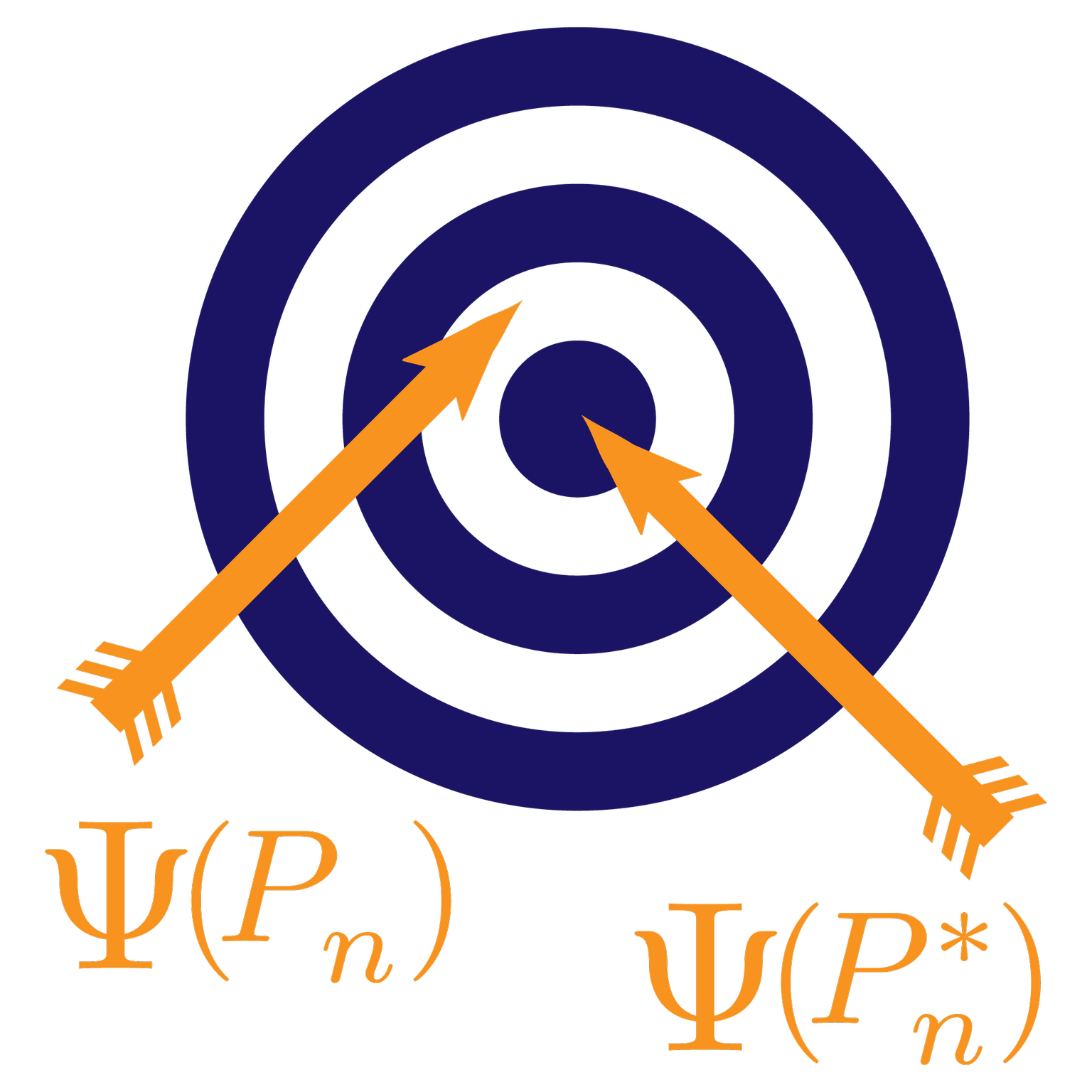This post is part of our Q&A series.
A question from graduate students in our Fall 2018 offering of “Special Topics in Biostatistics – Adaptive Designs” at Berkeley:
Question: Hi Mark,
Our question concerns the benefit of using a sequential adaptive design when estimating the outcome under the optimal dynamic treatment rule (for a binary treatment). We propose doing so in a 2-stage framework, where in the first stage subjects are naively randomized to treatment, $Pr(A=1) = 0.
This post is part of our Q&A series.
A question from a graduate student in our Spring 2018 offering of “Targeted Learning in Biomedical Big Data” at Berkeley:
Question: Hi Mark,
I was thinking that if you addressed the question that [we] discussed in your office hours last week, a lot of economists would be interested in reading it.
Feel free to edit the wording of the question however suits you best, but I was thinking: How can you formulate a causal parameter in a setting in which you have a policy that affects one group but not another based on observable characteristics and control for time trends in your model (i.
This post is part of our Q&A series.
A question from a graduate student in our Fall 2017 offering of “Survival Analysis and Causality” at Berkeley:
Question: Hi Mark,
This may be an ill-defined question, but I was wondering, in the usual $O = (W, A, Y)$ set-up, while TMLE has superior asymptotic properties over competing estimators like, say, the G-computation plug-in estimator or the IPTW estimator, are there specific instances where it is also guaranteed to have superior finite sample properties as well?
This post is part of our Q&A series.
A question from two graduate students in our Fall 2017 offering of “Survival Analysis and Causality” at Berkeley:
Question: Hi Mark,
Below are [two] questions [we thought might interest you]. Looking forward to your thoughts on these!
Best,
S.D. and I.M.
Most competing risk analyses assume that the competing risks are independent of one another. What would be your advice on handling the same style of survival data when the occurrence of one of the competing events is informative of the occurrence of the other?
This post is part of our Q&A series.
A question from two graduate students in our Fall 2017 offering of “Survival Analysis and Causality” at Berkeley:
Question: Hi Mark,
[We] were wondering what the implications were for selecting leave one observation out versus leave one cluster out when performing cross-validation on a longitudinal data structure. We understand that computational constraints may render leave-one-out cross-validation to be undesirable, however are we implicitly biasing our model selection by our choice in cross-validation technique?
Welcome! This is the research blog of Mark van der Laan.
Over the last few years, communication in science has evolved; indeed, many exciting and inspiring research-related ideas are now first communicated informally, with blog posts and the like, before formal publication in academic journals. Blog posts provide an excellent medium through which interesting ideas can be communicated quickly and concisely. We plan to use this blog to share ideas, tips, and examples from our research – and to establish an open dialogue with researchers around the world.
